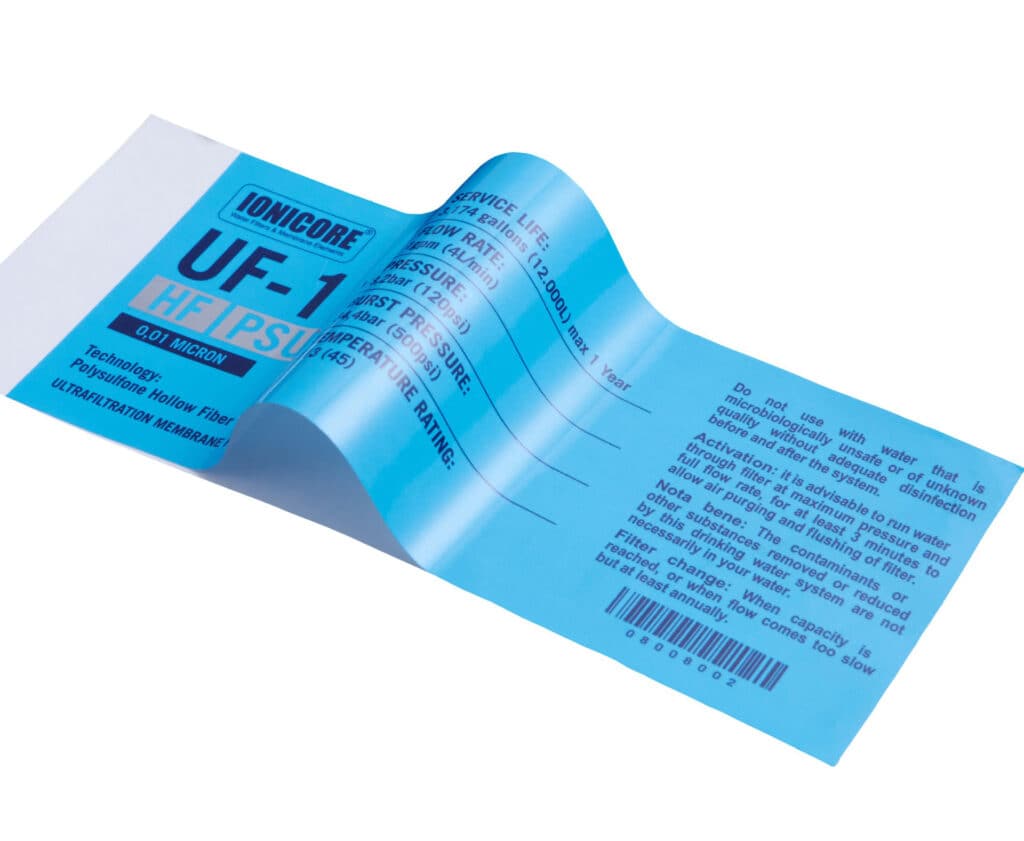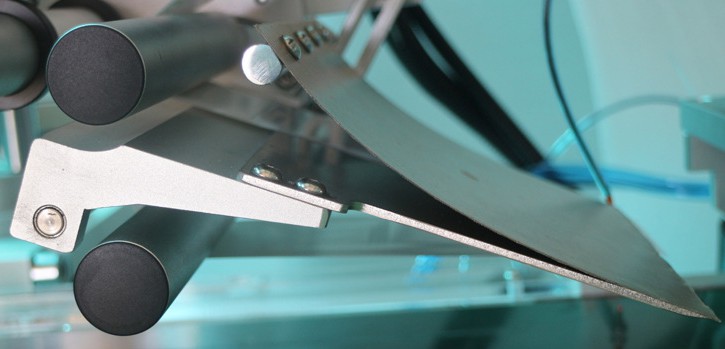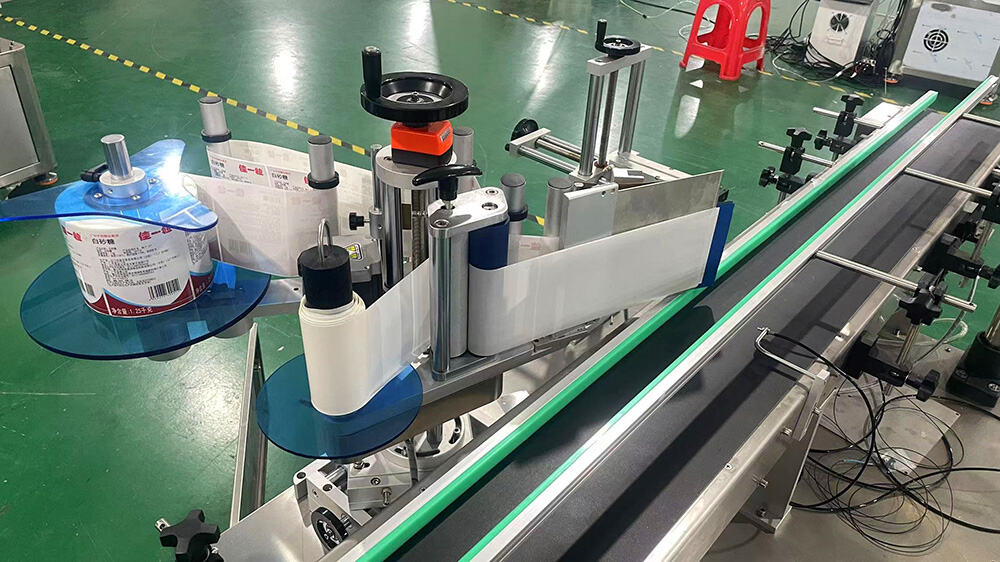The wine bottle labeling machine, a key player in the presentation of wine, offers vintners and manufacturers the ability to merge tradition with efficiency, ensuring that each bottle not only contains high-quality wine but also carries a label that reflects the brand’s image and information accurately.
Labeling wine bottles is not just about adhering a sticker to glass; it involves considerations of label material, design, application technology, regulatory compliance, and marketing strategy. A well-labeled wine bottle conveys the essence of the wine, its origin, and the brand’s story, making the labeling process a critical step in the journey from vineyard to consumer.
Understanding the intricacies of wine bottle labeling machines is essential for anyone involved in the production and sale of wine. This article will delve into the top 10 pieces of knowledge you should have about these machines, covering everything from technological advancements to environmental considerations.

Types of Wine Bottle Labeling Machines
Wine bottle labeling machines come in various types, each designed to meet different production needs and label applications. The most common types include manual, semi-automatic, and fully automatic machines. Manual labeling machines are ideal for small-scale productions or boutique wineries where precision and customization are paramount.
Semi-automatic machines offer a balance between manual control and automation, suitable for medium-sized operations. Fully automatic machines, on the other hand, are designed for high-volume production, capable of labeling thousands of bottles per hour with minimal human intervention.
Choosing the right type of machine depends on several factors, including production volume, budget, and the level of customization required. It’s also important to consider the machine’s compatibility with different label materials and shapes, as this can greatly affect the final appearance of the wine bottle. We also produce wire labeling machines.
Label Materials and Design
The choice of label material and design is crucial in conveying the brand’s message and attracting consumers. Wine bottle labels are typically made from paper, plastic, or metal foil, each offering different aesthetic and functional benefits. Paper labels provide a classic and elegant look, while plastic labels offer durability and moisture resistance, making them ideal for wines meant to be chilled. Metal foil labels add a premium touch, often used for high-end wines.
Design plays a significant role in label effectiveness. It should reflect the brand’s identity, the wine’s character, and appeal to the target market. Considerations include color scheme, typography, imagery, and the story the label tells. The design must also accommodate legal requirements, such as alcohol content, origin, and allergen information, without compromising aesthetic appeal.

Label Application Technology
The technology behind label application has advanced significantly, with modern machines offering precision and flexibility. Label application methods include wet glue, self-adhesive, shrink sleeve, and roll-fed labeling. Each method has its advantages and is chosen based on the label material, bottle shape, and desired production speed.
Wet glue labeling is a traditional and cost-effective method, suitable for paper labels. Self-adhesive labeling offers greater flexibility and cleanliness, ideal for premium labels. Shrink sleeve labeling covers the entire bottle, providing a canvas for vibrant, 360-degree designs. Roll-fed labeling is efficient for high-volume productions, applying labels from a continuous roll.
Labeling Speed
Labeling speed is a crucial factor for wineries to consider, especially those with high production volumes. The speed at which a labeling machine can operate directly impacts production efficiency and throughput. Machines vary widely in their capabilities, with manual and semi-automatic models handling a few hundred bottles per hour, while fully automatic systems can label several thousand bottles per hour.
Investing in a machine with appropriate labeling speed can reduce bottlenecks in the production process, ensuring that wine is bottled, labeled, and ready for distribution as efficiently as possible. However, it’s important to balance speed with accuracy and quality of label application, as rushing the process can lead to misaligned labels and wasted product.

Front and Back Labeling
Many wine bottles feature both front and back labels, each serving different purposes. The front label is often more decorative and brand-focused, designed to catch the eye of consumers and convey the essence of the wine. The back label, meanwhile, typically contains more detailed information about the wine, such as tasting notes, food pairing suggestions, and the winemaker’s story.
Machines equipped for front and back labeling are essential for wineries that use this dual-label approach. These machines can accurately place both labels in their respective positions on the bottle, ensuring a cohesive look. Some machines also offer the capability to simultaneously apply both labels, significantly speeding up the production process.
Labeling at the Bottle Neck
Labeling at the bottle neck involves applying smaller labels around the neck of the wine bottle, which can be used for branding, promotional offers, or as tamper-evident seals. This type of labeling requires precision and often a specialized attachment or machine capable of handling the smaller labels and the curved surface of the bottle neck.
Neck labels can enhance the overall packaging design, adding an extra layer of detail and luxury to the presentation of the wine. Machines that offer neck labeling capabilities provide wineries with the flexibility to add this feature to their bottles, setting their products apart in a competitive market.

Technology Integration
Modern wine bottle labeling machines are increasingly integrated with digital technology, allowing for greater customization and flexibility. Digital printing technology, for example, enables the production of high-quality, custom labels in smaller quantities, making it easier for wineries to produce limited editions or personalized labels for special occasions.
Integration with production management software can streamline the labeling process, from design to application, ensuring consistency and efficiency. This technology can also provide valuable data on production metrics, helping wineries to optimize their operations.
Maintenance and Upkeep
Regular maintenance and upkeep are essential to ensure the longevity and performance of wine bottle labeling machines. This includes routine cleaning, calibration, and replacement of worn parts. Manufacturers often provide maintenance schedules and guidelines, which should be followed diligently.
Investing in training for staff who operate and maintain the labeling machines can prevent downtime and extend the machine’s life. Additionally, establishing a relationship with the machine manufacturer or a specialized technician can ensure prompt support when needed.

Cost Considerations
The cost of a wine bottle labeling machine varies widely based on its type, capacity, and features. While higher-end machines represent a significant investment, they can offer greater efficiency, flexibility, and quality, potentially providing a higher return on investment over time.
It’s important to consider the total cost of ownership, including maintenance, supplies, and potential downtime, in addition to the initial purchase price. Financing options or leasing arrangements may also be available to help manage the upfront costs.
Future Trends
The future of wine bottle labeling is likely to see further advancements in technology, sustainability, and customization. Innovations such as augmented reality labels, which offer interactive experiences through smartphones, are already beginning to emerge. Sustainability will continue to be a focus, with ongoing efforts to reduce the environmental impact of labeling practices.
Staying abreast of these trends and adapting to them can provide wineries with a competitive edge, ensuring that their labels continue to captivate and engage consumers in a rapidly evolving market.
Conclusion
The wine bottle labeling machine is a critical component in the presentation and marketing of wine, blending tradition with modern technology. Understanding the different types of machines, label materials and designs, regulatory requirements, and marketing strategies is essential for any winery looking to make its mark in the industry. As we look to the future, staying informed about advancements in labeling technology and sustainability practices will be key to success.
You may be interested:
- How Does a Flat Labeling Machine Apply Labels Multiple Times on a Tabletop?
- How does a blister packaging machine improve efficiency in the pharmaceutical sector?
- What is the Price of a Labeling Machine?
- What are the Advantages of a Small Corner Wrap Labeling Machine?






